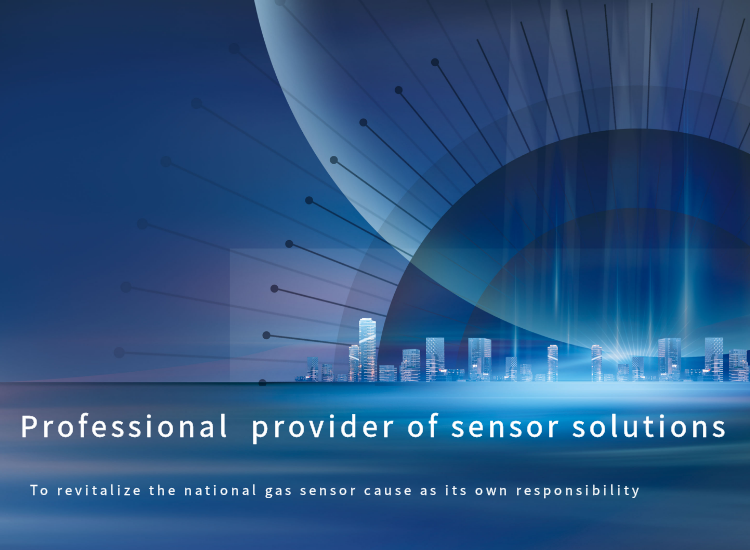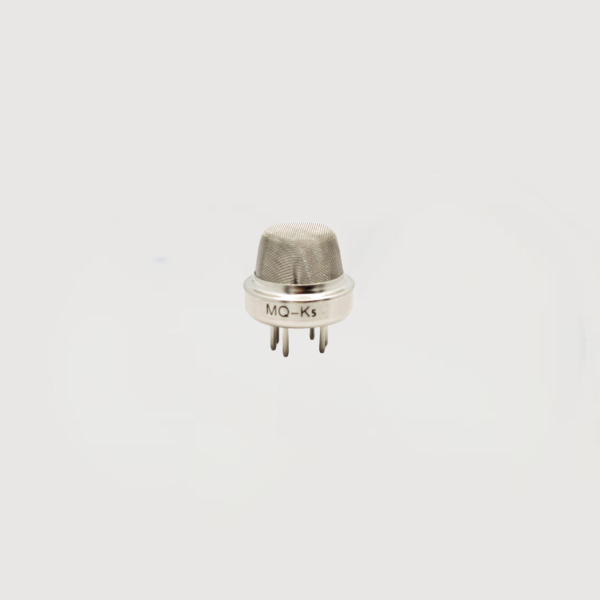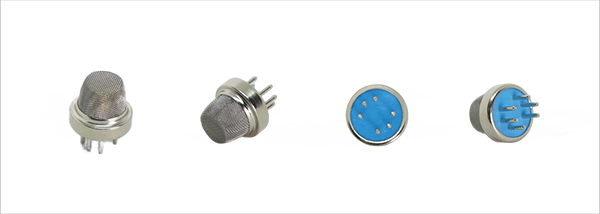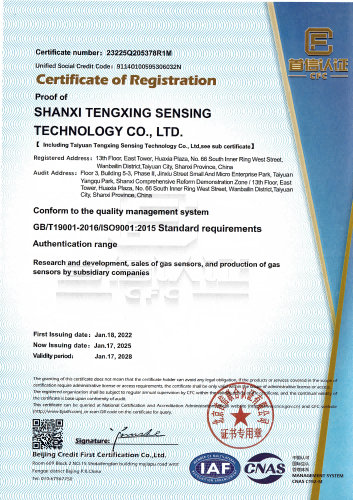

 Products
Products C3H8 Gas Sensor
C3H8 Gas Sensor
for detecting instruments
Application:
For detecting instruments and monitors of natural gas, liquefied petroleum gas, town gas and so on.Product characteristics:
Long lifePerformance
This product offers stable performance, fast response and recovery times, excellent vibration resistance (special anti-vibration structure), strong anti-interference and anti-silicon poisoning properties, good adaptability to high and low temperature operation, and a long service life.
Product images

Technical specifications
| Media | C3H8, C4H10 |
| Sealing type | rubber seat, 100 mesh stainless steel cap |
| Voltage in clean air | V0=0.5~1.5V(depends on the loading) |
| Voltage in calibration gas | V1>2.5v |
| Response time | ≤20s |
| Recovery time | ≤30s |
| Measuring pole voltage | Vc=5v±0.1 |
| Heating pole voltage | Vh=5v±0.1 |
| Load resistor | RL=1K~50k(adjustable) |
| Working temperature | -10℃---+50℃ |
| Storing temperature | -20℃---+60℃ |
| Relative humidity | <95% |
| Testing range | 100-10000ppm |
| Air pressure | 650-800mmHg |
| Pre-heating time | 24h |
Product storage period and power-on stability time
Storage time | Recommended power-on stabilization time when using |
Within one month | 8h-12h |
Within half a year | 12h-18h |
one year or more | 18h-24h |
Application
This product is suitable for use as a sensor element in testing instruments and monitoring equipment for combustible gases such as natural gas (propane, methane, biogas), liquefied petroleum gas, and city gas.

Production workshop

Certificate Qualification

TenSensor, China's first listed gas sensor company,Tensensor can provide more than 100 varieties of six series including:
semiconductor gas sensor
electrochemical gas sensor
infrared gas sensor
dust sensor
pyroelectric sensor
thermopile sensor, etc.
Which can be used for more than 200 kinds of gas and infrared, dust and other indicators detection, widely used in the field of security for detecting gas leakage, noxious gas leakage, smog and fire, the field of family, office and factory for detecting HCHO, VOC, CO2, PM2.5 and so on.
Moreover, the solutions for security, household electrical appliances, consumer electronics, smart home, instruments and meters are available.
For more information about MQ-K5 sensor, please contact account manager.
TEL:0086-0351-5249552
Whatsapp:+86 18335818384
Request Consultation